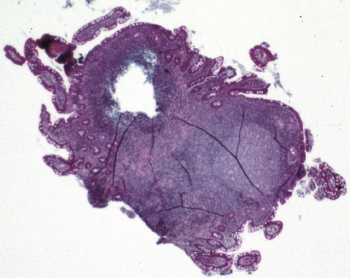How to Detect Early Autism Symptoms

Autism is not just one disease, it is more like an ‘umbrella’ disorder. Although there are some common traits, autism symptoms and the intensity of the symptoms can vary from person to person. That is why Autism is also called Autism Spectrum Disorder. When people say that someone is suffering from autism, they usually mean classic autism. However, there are people who use the term for those with a different form of the disease like Asperger’s syndrome or Pervasive Development Disorder. It is important to remember that whatever the autism symptoms, early detection is pivotal in dealing with the condition effectively.
Most parents do not like to believe that their little angel could be suffering from a major disorder; even if they get strong gut feelings that something is wrong with the child’s behaviour, they often ignore it thinking it will pass with time. This approach may console you temporarily but in the long run, it will cause more heartache and difficulties. It is thus crucial to be aware of the autism symptoms so that detection and treatment can start early.
Here are some signs to look for in babies and toddlers:
• Does not make eye contact when being spoken to or fed
• Does not respond when called by name or otherwise
• Does not make baby noises or babble
• Does not smile or laugh or try to communicate with people
• Does not use gestures like pointing or waving goodbye
• Does not like to be cuddled
• Does not share toys or enjoy playing with others
• Does not ask for help or make requests
• Does not imitate your gestures or facial expressions
Although each child grows differently, there are certain landmarks that need to be crossed at a certain age. Although some delayed developments are normal and does not indicate autism, missing too many landmarks could be a vital autism symptom.
Here are some landmarks to track:
• By 6 months, the baby should be able to show some warm, joyful expressions.
• By 9 months, there should be some back and forth interactions with sounds and gestures or simple facial expressions
• By 12 months, they should be able to respond to names, do some babbling and use gestures like pointing, waving, reaching, etc.
• By 16 months, there should be some spoken words
• By 24 months, attempts to talk that does not involve imitating
Now, many children begin to talk late, sometimes as late as 2-2.5 yrs and grow up to be completely normal. However, they do try to interact with other gestures. A complete lack of interaction from your kid is an autism warning sign and should be taken up with your doctor for immediate analysis.
